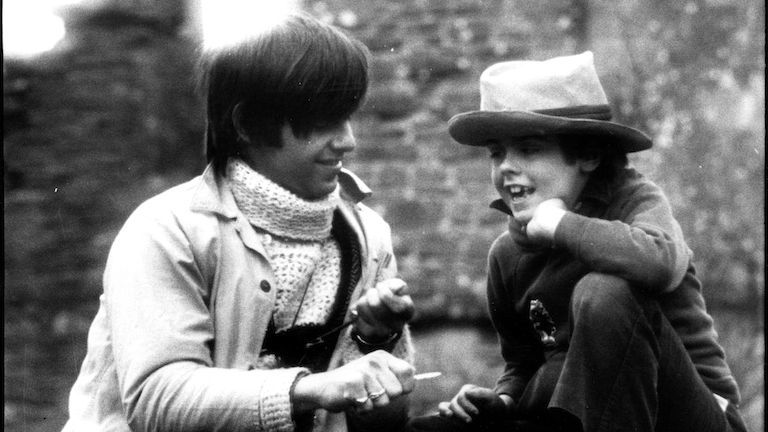World renowned photographer Jim Lee was in the prime of his career, shooting bands like the Rolling Stones and the Beatles when his son died in a car crash, aged 13. This is how he coped – a World Mental Health Day exclusive
At the age of 17, I learned about photography from its very roots when I bought a one-way ticket to Australia and assisted Dutch photographer Jon van Gaalen with the development of negatives in exchange for a place to stay.
I began as a freelance photojournalist, covering bands such as the Rolling Stones and the Beatles. My first smell of success came aged 18 when a photo I took of my then girlfriend was published in Australian Vogue. By the time I was 23 I was shooting for Ossie Clark, Yves St Laurent and Gianni Versace.
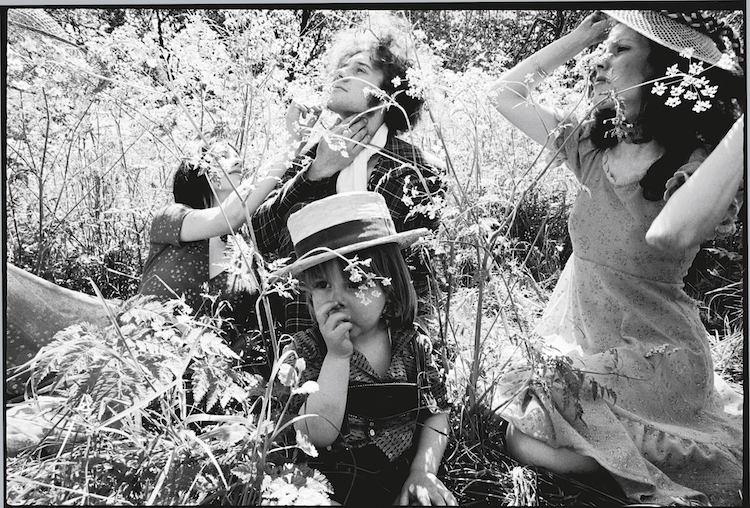
I was in the prime of my career as a fashion photographer and filmmaker, raising my son, Orlando, alone. We were best friends.
I was propelled into space, trapped in a vacuum, an emotional purgatory of unrelenting grief
My life was thrust into a state of incomprehensible despair on 29th March 1981. Orlando had been killed in a car crash aged 13.
Interacting with others
My entire world stopped. This was the most hideous, unimaginable thing that could possibly happen to any parent. The all-consuming guilt of not being able to protect my boy left me feeling utterly powerless. I was propelled into space, trapped in a vacuum, an emotional purgatory of unrelenting grief.
People begin to speak to you differently when you’re grieving; the constant tip-toeing around the egg shells of trauma makes people overtly cautious of trying to say the ‘right’ thing, which often leaves one feeling all the more isolated. A genuine hug is all that is required – no words.
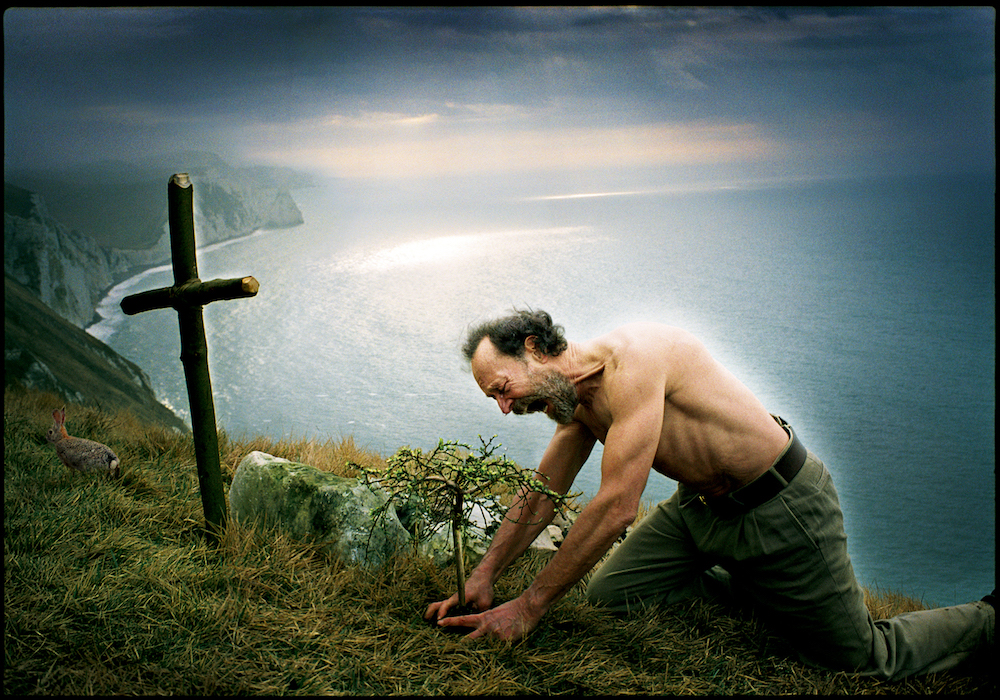
All I wanted was to hear Orlando’s voice and be with my ruminations alone: to hang on to the memory of him in peace. It wasn’t just his physical presence which I missed, but everything that he meant to me, what I meant to him and all that he believed as he became a young adult.
The escape
Feeling like a plane spinning out of control, diving head first into my own oblivion and desperate for my own seclusion, I took myself to my antique caravan deep in the Dorset countryside on a private estate where I was unreachable.
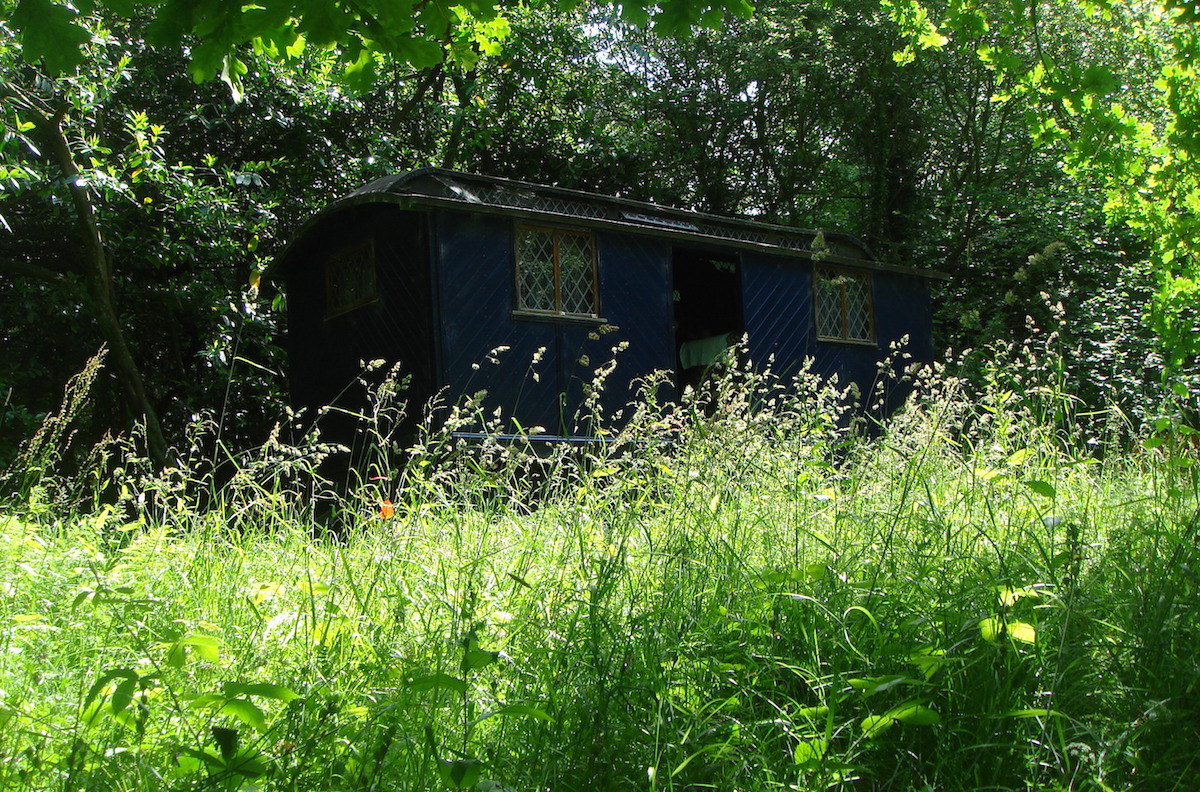
I’d allow myself to cry until I had no more tears to fall, which, cathartically, would grant me the slightest slither of clear thinking. If every moment of every day was not to be absorbed with the trauma of loss, I had to find a way to stop being constantly reminded of it.
Confronting it all and the creation of The Box
As a dyslexic I had become accustomed to having to untangle complicated situations in order for them to make sense in the cacophony of my mind.
As a photographer, I’d always dealt with the visual over the literal or implied.
I knew I had to apply some sort of logic to the psychological chaos that plagued me day and night, but logic simply didn’t make sense to me.
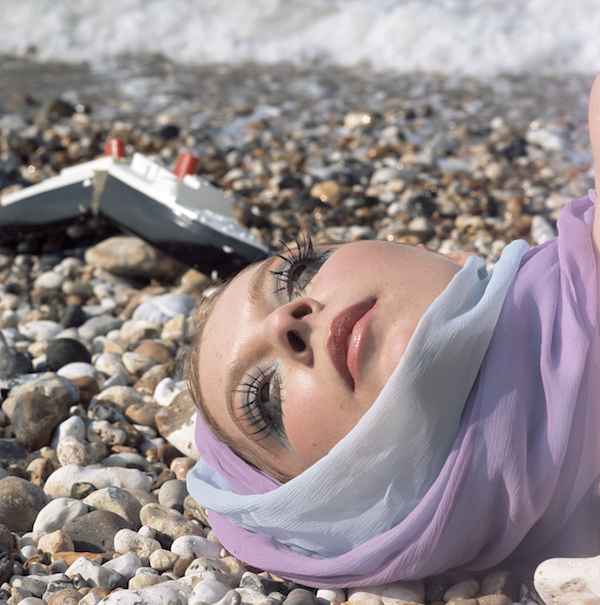
I remembered that old method of coming to a decision where you take a piece of paper and draw a line down the middle, then list all the pros down the left-hand side and all the cons on the right-hand side.
Well, that was no good: everything seemed so bad that the right-hand side was full and the left-hand side had nothing on it at all.
But there was, nevertheless, something pleasing about that blank left side piece of paper. It was empty, uncluttered.
And the line I had drawn – I liked that too. It was simple, direct, went from one place to another. My mind was anything but like this; it was all over the place – a complete haze.
I could see already there was something in this and that I had discovered something already. I continued to play around with this until the Box method was born.
Finding that quiet place
Every day, sat in that caravan, away from the distraction of phones and other people, entirely immersed in nature and forced to confront my own thoughts, I practiced the Box.
It would have my undivided attention for thirty minutes every day. After half an hour, I’d close the lid on the Box and walk away.
Once a thought was inside the Box, I learned to stand back from it and look at it objectively, contemplating it as if I were advising somebody else, yet still taking responsibility for my own problems.
If I were ever tempted to revisit the Box outside of that half hour I’d catch myself and say ‘NO, NOT NOW’ and save it for the next day’s practice. This has become a key mantra of the Box and one I still employ to this day.
Return to the real world
Acceptance of my loss, as with everything, came with time, but I had developed a mechanism to cope with the scattergun thinking that had first flung me into that emotional flurry.
In my daily Box sessions in the days that succeeded the caravan, it dawned on me that Orlando would want life to continue – he was proud of my accomplishments in the arts world and so I launched back into my career at full force, working with the most powerful names in fashion and film, including Anna Wintour and Alexander McQueen, building an empire for myself in the name of Orlando.
I came to realize that I had effectively developed a method that would work for my problems no matter how big or small.
I still use the Box throughout my life whenever I have a complex or emotionally overwhelming issue, whether it’s work related, heartbreak, even physical injury, or a fight with a dear friend.
Having shared the Box with friends and family, I now want to share it with the world. I believe it has the potential to free the many minds that have experienced loss, anxiety or depression.
Orlando’s name is engraved in the back of The BOX book – he will always be with me.
Top picture: Jim Lee with son Orlando, from Lee’s private collection
All other images: Arrested (2012), a book of Jim Lee’s life work
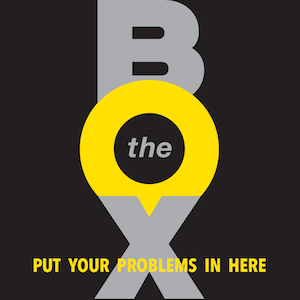
About Jim Lee (below):
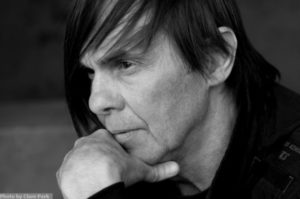
Instead he emigrated to Australia to learn photography and when he returned to London began his trade as a fashion photographer.
Through the sixties and seventies Lee lived life in the fast lane, working on the most prestigious magazines, collaborating closely with Vogue editor-in-chief Anna Wintour in London and New York on fashion and advertising shoots.
He switched to film directing in the late seventies, creating hundreds of television commercials as well as working on several full-length feature films.
Lees’ earlier photographs form part of a permanent collection at the V&A, with additional photographs in the archives of the Multimedia Art Museum, Moscow.
A book of his life’s work, Arrested, was launched in 2012 alongside a critically acclaimed exhibition of photographs at Somerset House. In September 2015, Lee’s autobiographical book Life in B&W
was released by Quartet.
His latest project The BOX is born from the death of his 13 year old son Orlando; it’s his vision as an artist and colourful life experience that now enables him to share his journey and wisdom with the world.
Related Healthista content:
15 ways to cope with grief when someone close to your dies
9 things I learned sitting in cancer ward for four weeks
Like this article? Sign up to our newsletter to get more articles like this delivered straight to your inbox.



